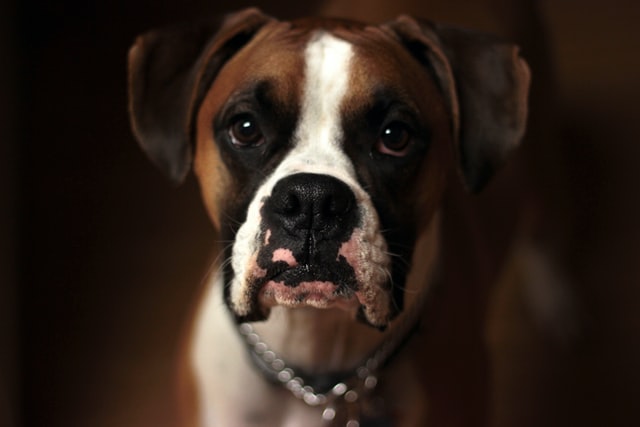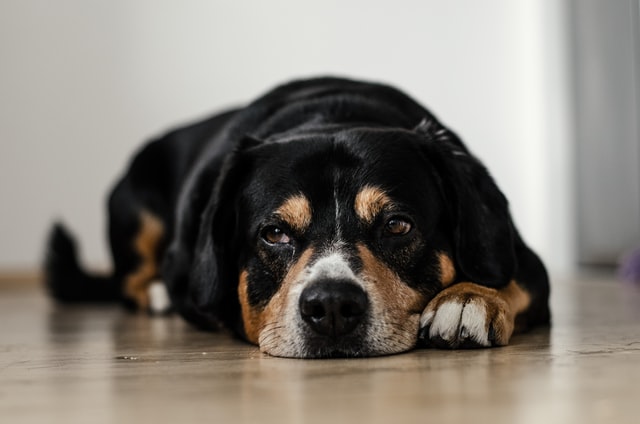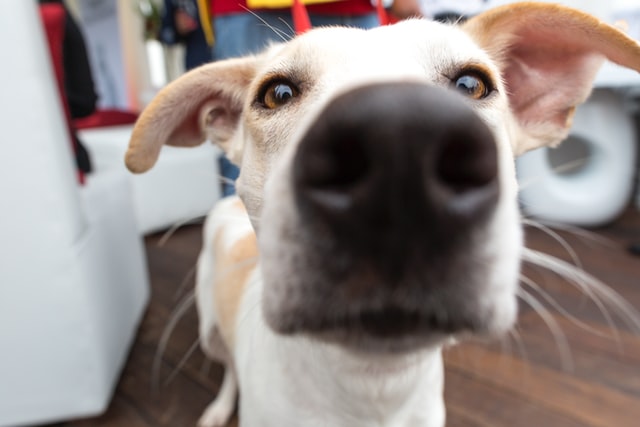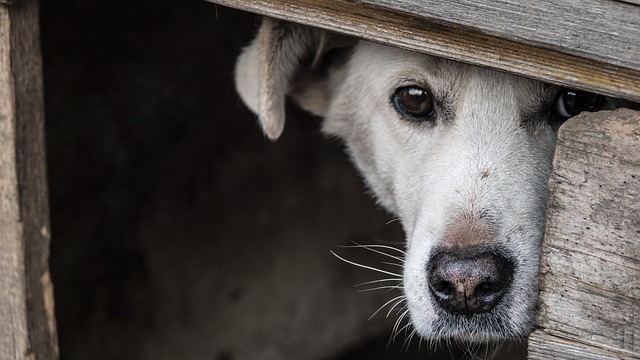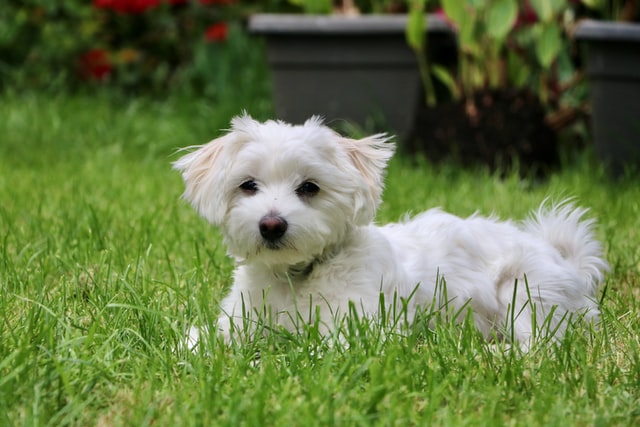Many humans suffer from the fear of small spaces, called claustrophobia.
Well, dogs can have a similar response, which is called confinement anxiety.
This form of anxiety is commonly confused with separation anxiety and the issues will often be treated the same.
If your dog has started to show signs of confinement anxiety by panicking when shut in a room or locked in their kennel, then it may be time to talk about how you can help.
Keep reading to find out how you can help your dog get over their confinement anxiety.
What Is Confinement Anxiety In Dogs?
Confinement anxiety is where a dog has a fear of being confined to one area.
That’s not always limited to just being in a kennel, but can also extend to being in a bedroom or even a fenced in yard.
What happens is the dog realizes that it can’t leave the area to move freely, so panic ensues, typically in the form of fear, destruction and desperate attempts to flee the area.
The reason for it is not exactly known, but it is speculated that it stems from an incident in their youth with either being frequently confined to an area or simply not willing to accept being confined to a space at all.
Understanding Your Dog’s Confinement Anxiety
One way to help your dog with their confinement anxiety is to first understand the reason for it. Dogs are an intelligent species but they are still dogs and they don’t always understand why things are happening or how to handle them emotionally.
Essentially, confinement anxiety happens because a dog has an irrational fear of being stuck in one area for any length of time.
Take a situation such as being in a kennel for the first time ever, which could induce a lot of stress in some dogs, and add an element of anxiety and now you have the recipe for a panicked dog.
Sometimes a dog’s irrational response to being confined to either a kennel or a room is simply due to separation anxiety.
What Are Some Of The Signs Of Confinement Anxiety?
Besides a basic sense of panic and urgency, there are several ways that confinement anxiety can manifest in dogs:
- Darting, pacing and restlessness
- Targeted destruction near windows and doors
- Successful escapes from the crate
- Failed escapes from the crate
- Injuries
- Drooling, panting and general anxiousness
A dog suffering from confinement anxiety may show one or all of these signs.
Each pet is unique and their responses and behaviors will not be the same as every other dog.
How To Deal With Confinement Anxiety In Dogs?
Much like separation anxiety, it will take a lot of time and patience.
However, confinement anxiety may be more difficult to overcome as it has a higher chance of becoming worse over time.
The truth of the matter is, there is a high likelihood that you will have to reach out to a board certified behaviorist for help.
If a dog has true confinement anxiety, it will be a challenging road ahead.
The best case scenario is that you can eventually get your dog comfortable with being confined to a larger space, but it is unlikely that you will ever be able to keep your dog in a kennel or crate.
- Start with a larger space, such as a big room with baby gates keeping them boarded in. As they grow more comfortable with being in that space, reward them heavily with love and treats and very slowly reduce their allowed area over time.
- Once daily confine your dog for a few minutes to their special area and make it super fun and awesome with all the best treats and toys.
- Always have appropriate chew toys so they won’t turn to your furniture.
- Do not yell at them to punish them and do your best to make the training fun and rewarding.
Confinement Anxiety In Dogs: Finding Peace And Quiet
Tackling an anxiety problem is no easy feat, whether it’s your dog, a human family member or even yourself.
Confinement anxiety in dogs can be a big pain in the rear, but no matter how irrational the fear is to us, our companions still have trouble reasoning with it.
Trying to break the fear of being confined can be extremely tricky, but with patience, treats and some determination, your dog will eventually be able to handle being left alone.
![[Tested & +20 hrs] Anti Anxiety Music for Anxious Dogs](https://doghealthknowhow.com/wp-content/uploads/2021/11/Anti-Anxiety-Music-for-Anxious-Dogs-768x529.jpg)
